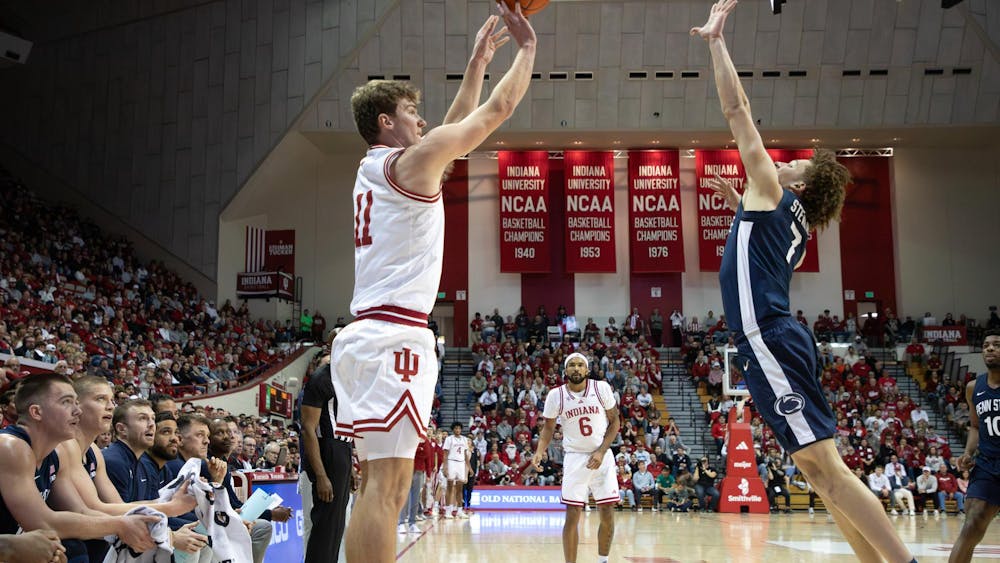LINCOLN, Neb. – Although many students don’t think of their finances in terms of being healthy or sick, debt can be as debilitating as depression and a bad credit score just as worrisome.\nThe 2007 College Student Health Survey, conducted by several universities in Minnesota, found one-third of surveyed students carried some debt from the prior month. The amount totaled more than $1,000 for almost 58 percent of those who carried a balance.\nKathleen Prochaska-Cue, an associate professor and extension family economist, said she thinks the University of Nebraska-Lincoln’s figures are in the ballpark of the survey’s findings. \nIn college, there are three types of credit users, she said. \n“The first use credit to live beyond their income. The second handle credit responsibly and they don’t have a great deal of debt,” she said. “The third have a great deal of debt to buy the things they need.” \nWhile extravagant spending becomes an expensive, credit-based lifestyle for some students, other students use plastic to purchase necessities like a college education, she said. \nTo professor Gordon Karels, credit cards are “a modern fact of life.” Karels is the chairman of the finance department and the Nebraska Bankers Association college professor of banking. \n“Students get (credit cards),” he said. “It’s clear that they’re issued under much more relaxed conditions than in the past.” \nEasily accessible credit makes understanding its liability of high interest rates and risky debt all the more imperative, he said. The trouble for college students is a lot of financial lessons are learned the hard way, Karels said. \n“The age group between 20 and 30 (years old) make incredibly big financial decisions based on their future earning power and don’t necessarily have the experience and maturity that helps make wise decisions,” he said. \nWhen students find themselves in serious debt, the solution is theoretically simple, though its application can be a challenge. \n“Students get out of debt just like everyone else: quit using credit and develop a plan for paying off debt,” Prochaska-Cue said. \nDebtors must put as much money as possible toward credit balances, she said, by either increasing income or decreasing expenses. Prochaska-Cue said she recommends cardholders make minimum payments on all cards while applying the remainder of the available income toward paying off one card at a time. \n“The trick is, once you get the credit cards paid off, put them away and don’t use them,” she said. \nProchaska-Cue is careful to point out that a few bad credit apples ruin the bushel of card holders. \n“Most Americans and students handle cards responsibly,” she said. “It’s a minority that has significant trouble with them, and it’s because of that minority that we hear about credit card debt being as high as it is.”
Students warned about credit debt
Get stories like this in your inbox
Subscribe





